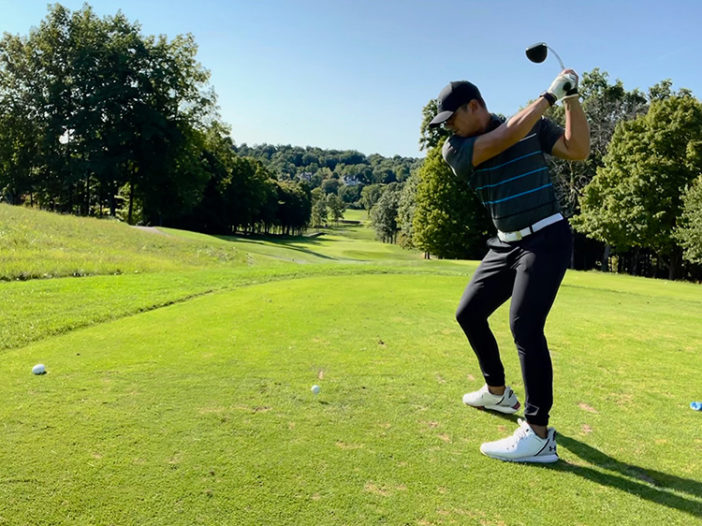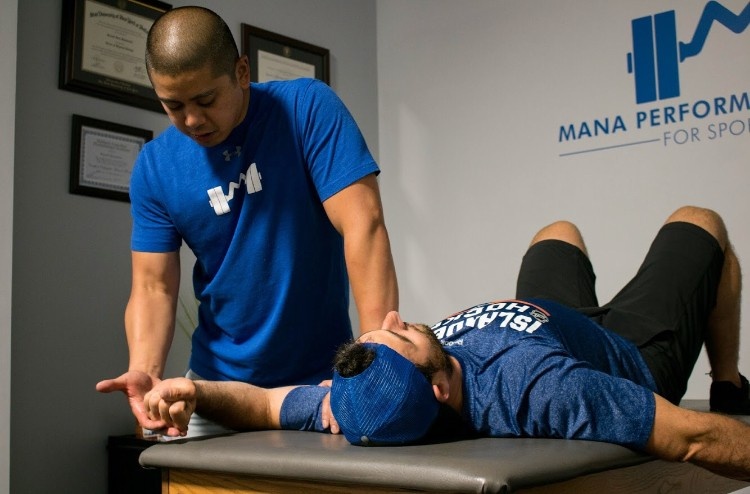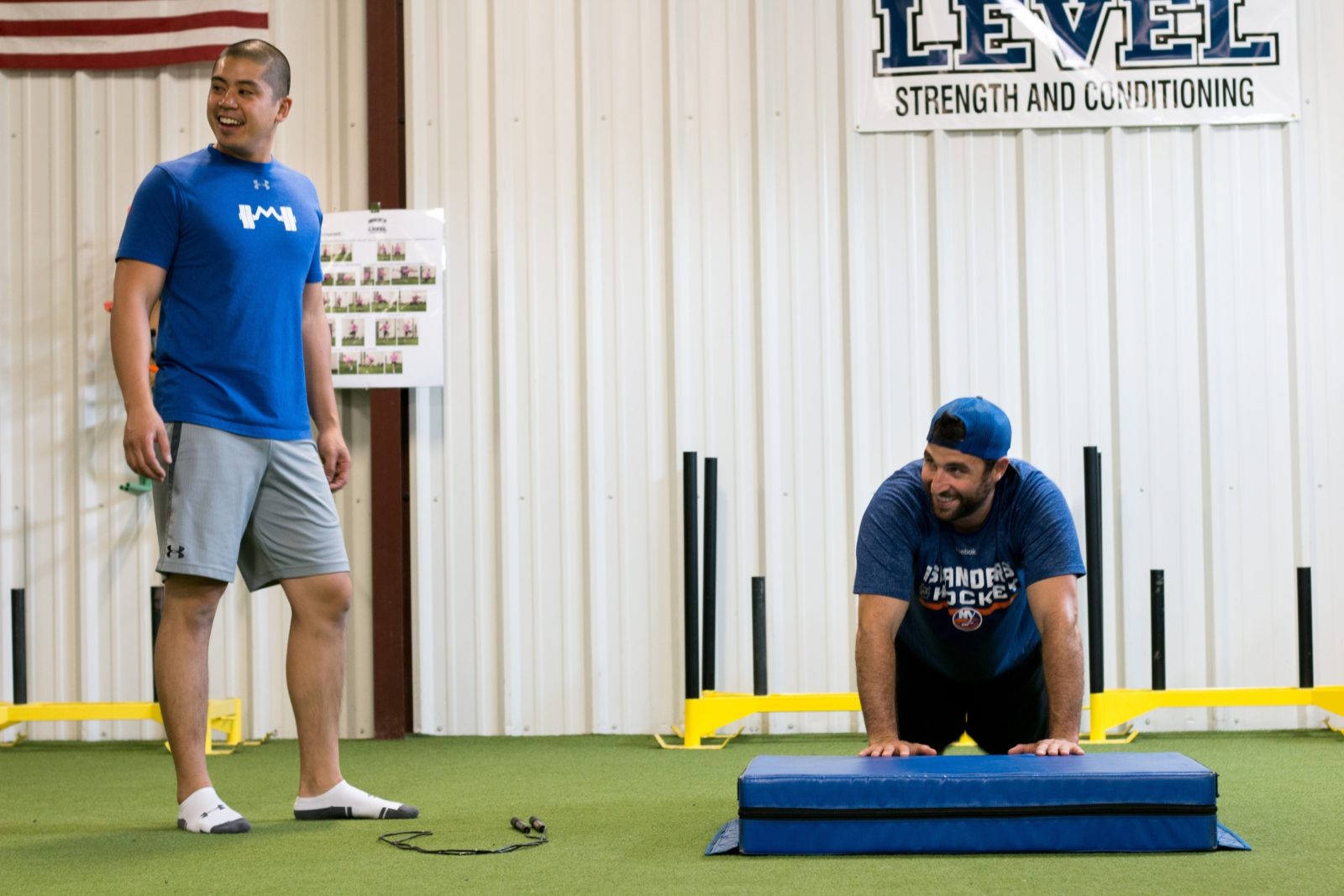
As the old saying goes, availability is the best kind of ability for sports. That’s certainly the case with golf, where a vast array of sports-related injuries can occur. The good news? Most of them are self-inflicted and are preventable through stretching and mobility training.
For this week’s blog post, we sat down with Dr. Russ Manalastas, a board-certified sports physical therapist and performance coach who works with golfers of all ages and skill levels. “Dr. Russ” owns and operates MANA Performance Therapy in Rochester, N. Y., and is the strength coach for the Nazareth College Men’s and Women’s Golf teams.
Dr. Russ created the “Pain-Free Golf Performance Program,” which helps golfers utilize their bodies to play their best golf while reducing the likelihood of injuries. He’s also the host of the “Pain-Free Golf Performance” podcast, a platform he uses to educate golfers on several topics via his expertise and the experiences of his guests.
1. What are the most common golf-related injuries that you treat?
By far the most common injury we see when playing the sport of golf is low back pain. After back or spine-related issues, the hip, shoulder, and wrist are other key areas that tend to give golfers trouble. Identifying physical limitations in and around these areas is key to understanding why they might be dealing with issues but also to try and resolve and find a solution to the problem.

2. What typically causes this injury and what could golfers be doing to prevent it?
Not being prepared for the sheer volume of swinging they do on the practice range and golf course. We must ensure our body is ready to handle the stresses of the golf swing. While we can’t 100% prevent injuries from occurring, there are several ways to reduce the likelihood of getting hurt playing golf significantly.
The low-hanging fruit we tend to focus on when someone is gearing up to play is preparing the body to do some warm-up or mobility exercises to get the body loosened up. Our data shows a warm-up of as little as five to 10 minutes can significantly reduce injury risk. The long-term pillars we focus on are strength training, adequate sleep, and a balanced diet.
While that might seem tedious, when these things are monitored and tracked consistently, performance will go up and injury risk will go down. If someone is dealing with an issue and struggling to figure out if they should seek help or not, we use the scale listed below as an easy way to give context to a person’s pain. If you are at a three or above on the scale below, seeking help from a provider is recommended.
1 – Pain upon exertion
2 – Pain at rest
3 – Pain with daily activity (sitting, walking, stairs, etc.)
4 – Pain you took medication for
5 – Pain that cripples you

3. Do you recommend that golfers over a certain age use a golf-specific fitness routine?
Golf fitness is surging in popularity as more golfers turn to exercise to get the most out of their bodies. While a golf-specific routine can be beneficial, how experienced you are in the gym and with training overall will dictate one’s overall experience level will dictate whether these types of movements would be beneficial.
Any strength, flexibility or mobility training is better than nothing. But if a golfer is relatively new to the gym, focusing on the basics will positively impact their game. Regardless of age, it is never too late to start working on your fitness. The stronger and more durable the body is, the better it can handle the stresses of the golf swing.
4. How does proper equipment selection play into preventing injuries?
The things we prioritize when doing our performance assessments with our golfers is how well their body moves, what their swing looks like, and what equipment they are currently using. We’ll prioritize getting the body to feel and move better to help with any potential swing issues, but equipment can be a pitfall for golfers if the equipment isn’t best suited for them.
Whether it’s shaft stiffness, ball compression, or graphite versus steel, these factors can be either extremely helpful or detrimental to a person overdoing it to compensate for the wrong equipment they are playing. Our recommendation first and foremost when it comes to equipment is to, if possible, get fitted for both clubs and then for the right ball to ensure you are set up for success. OnCore’s online ball fitting assessment can help match elements of your game with the proper ball.
Connect with Dr. Russ
Facebook: @manaperformancetherapy
Instagram: @manaperformancetherapy
YouTube: Search Pain-Free Golf Performance
Email: russ@manaperformancetherapy.com



